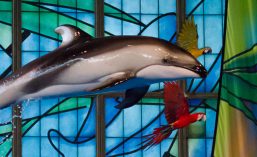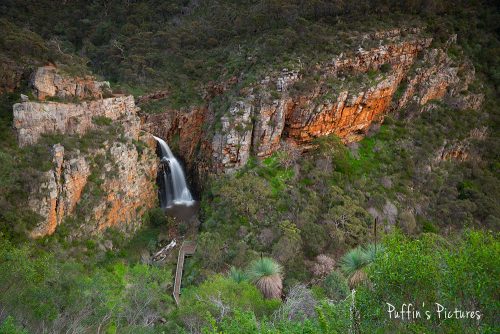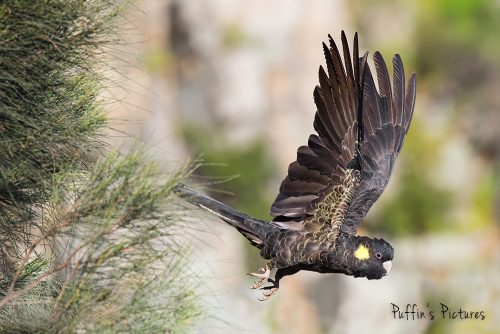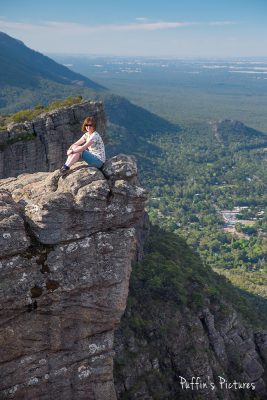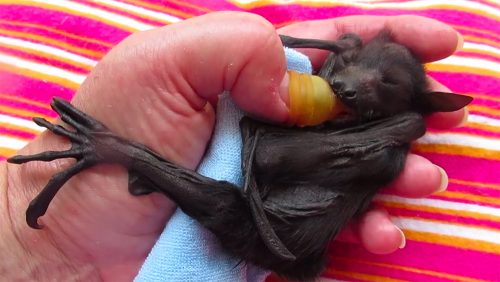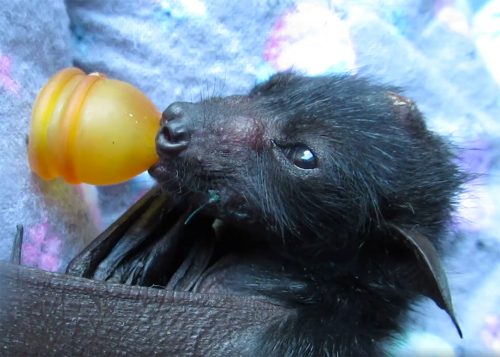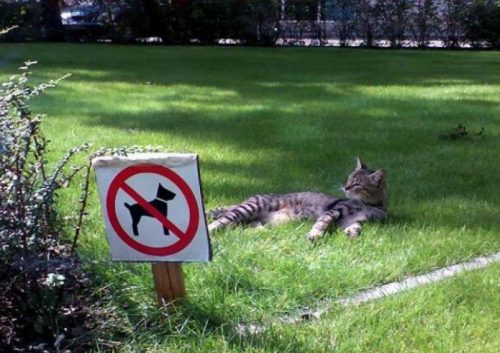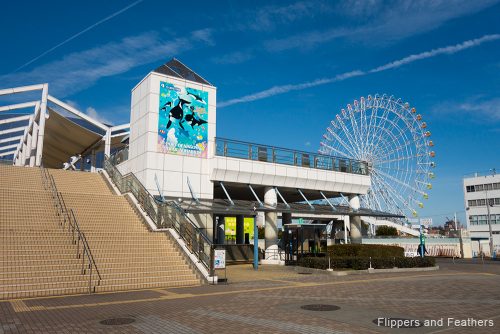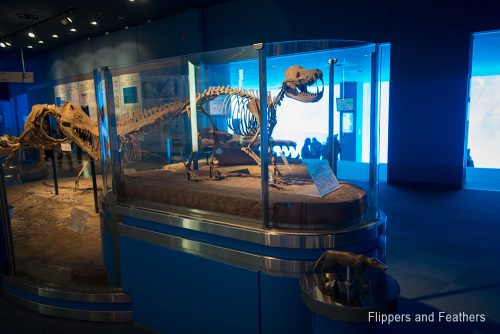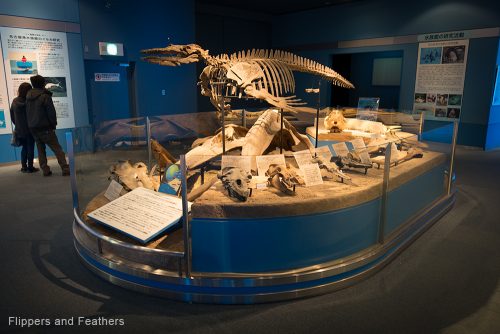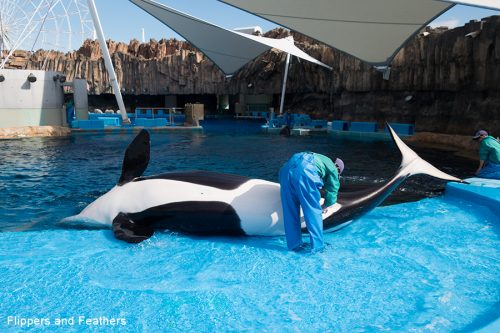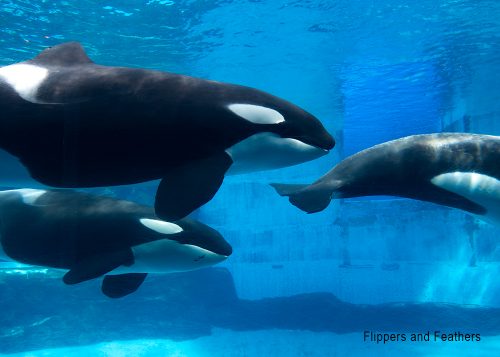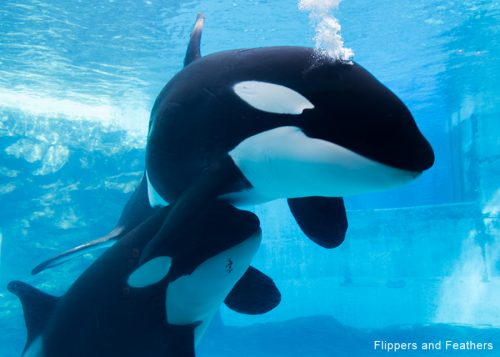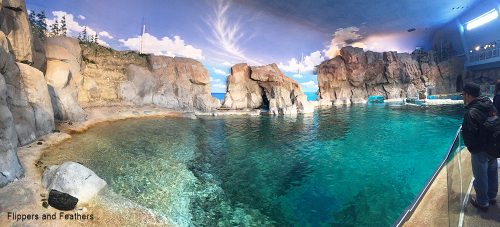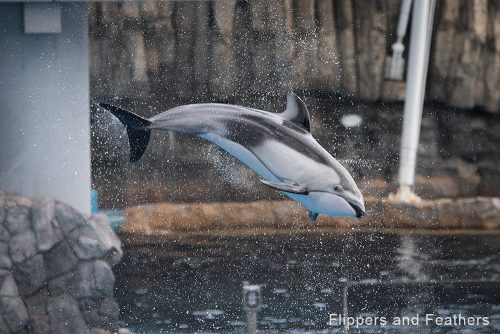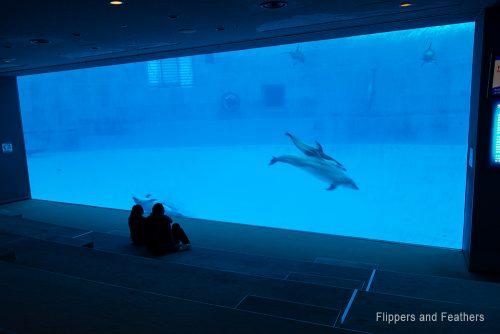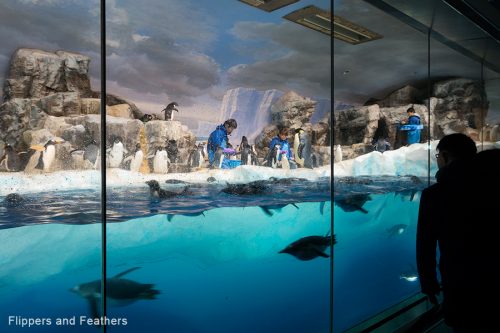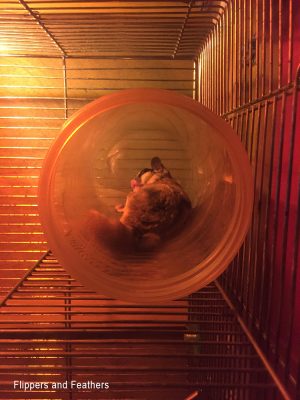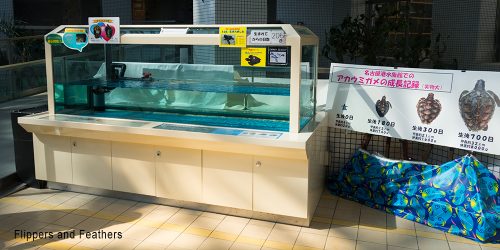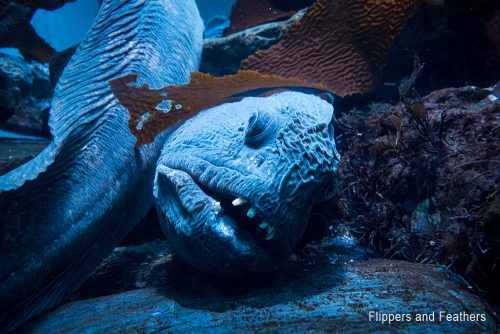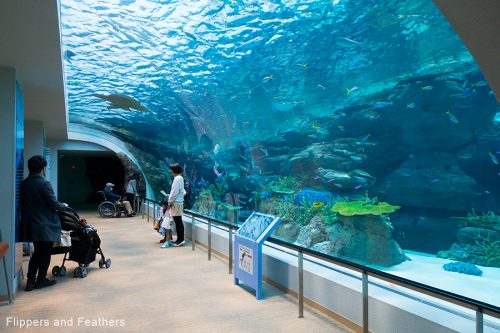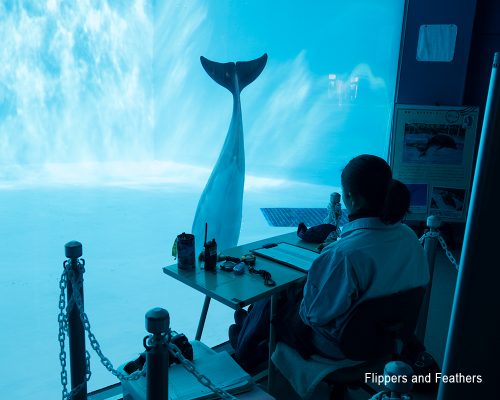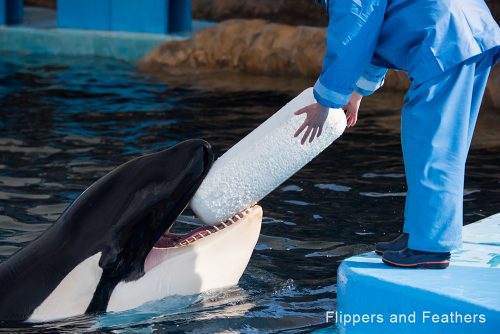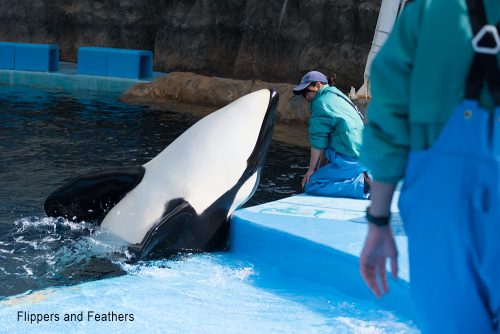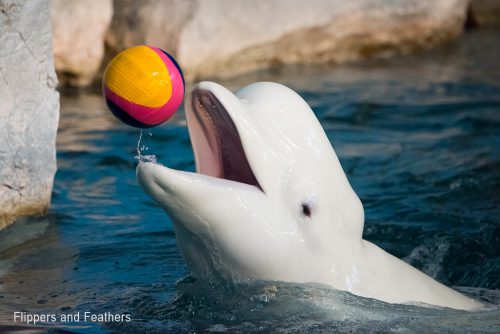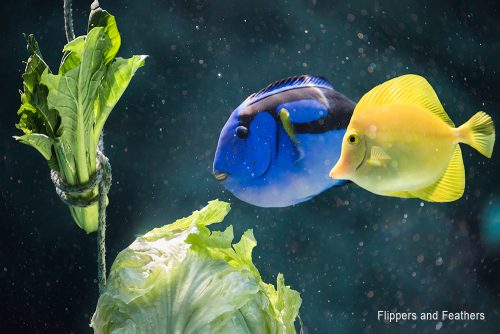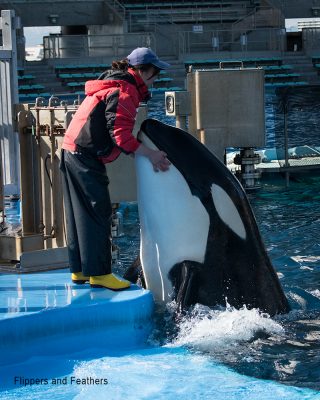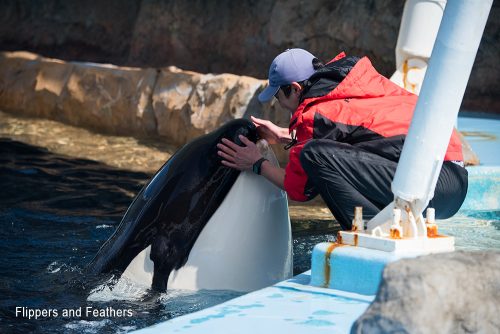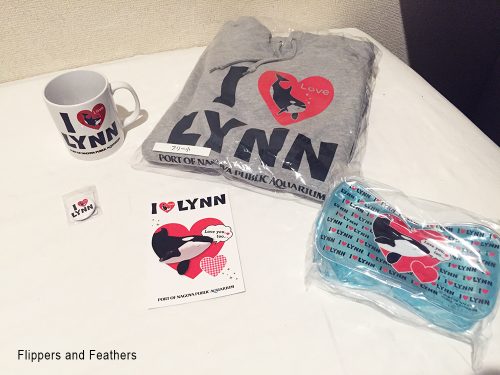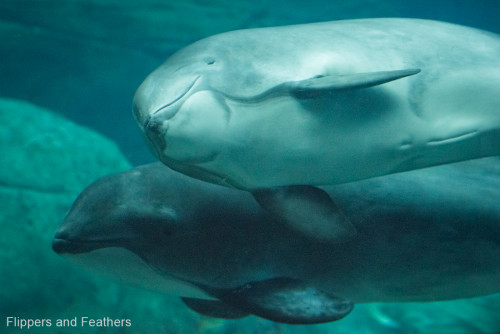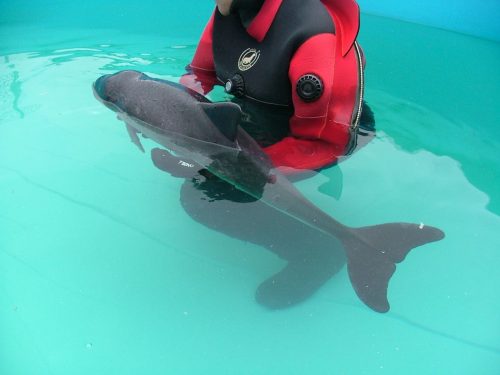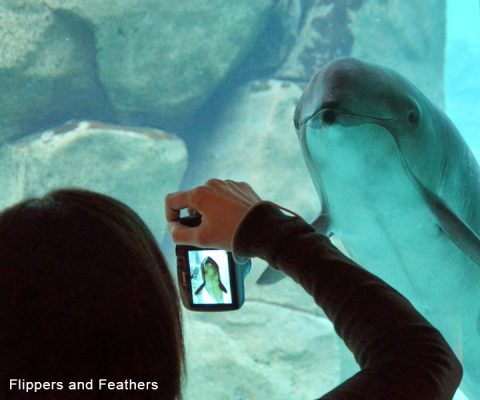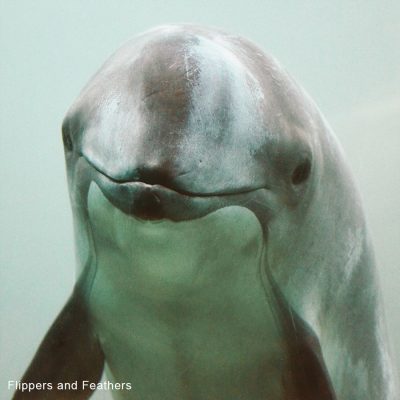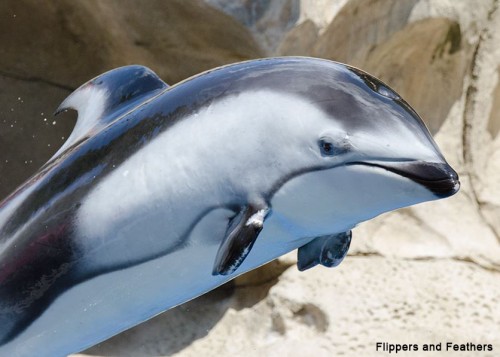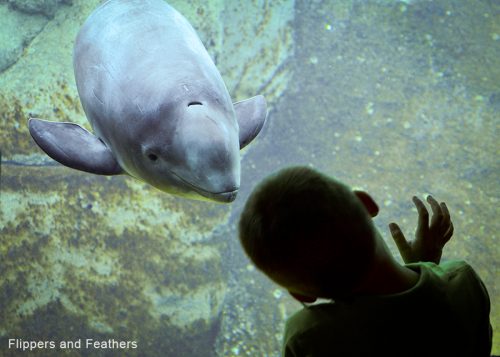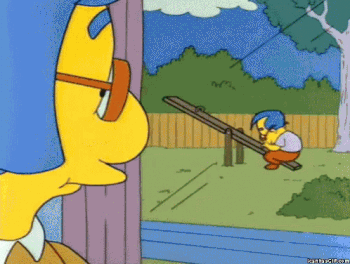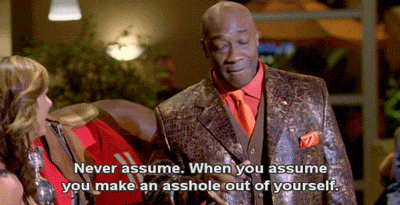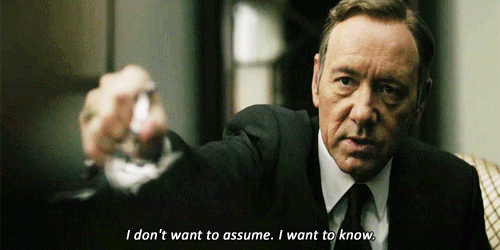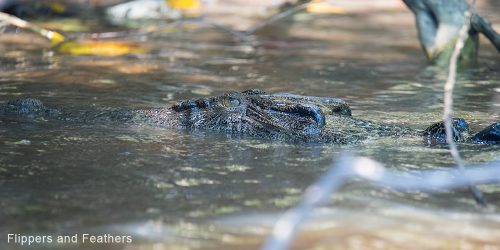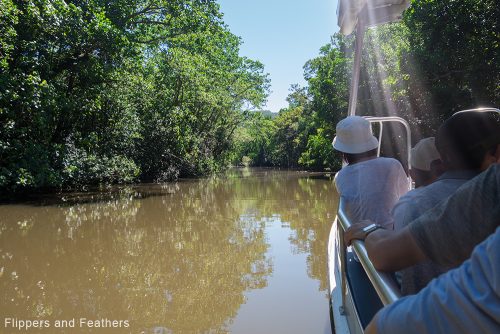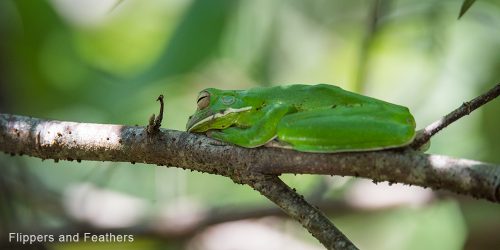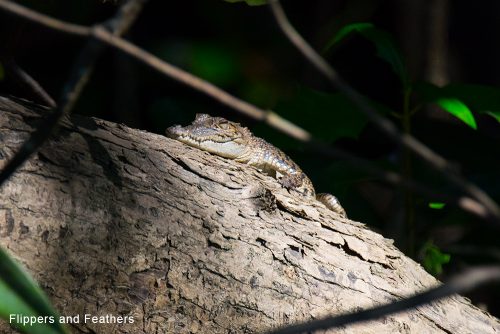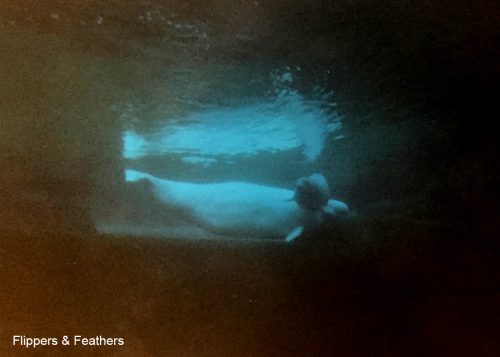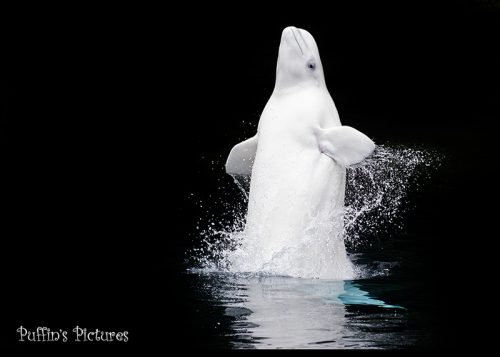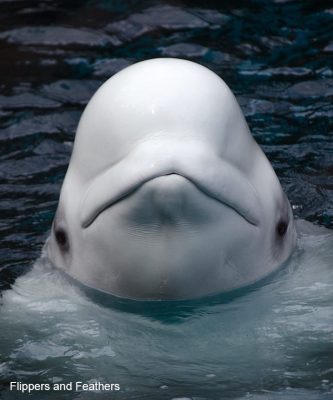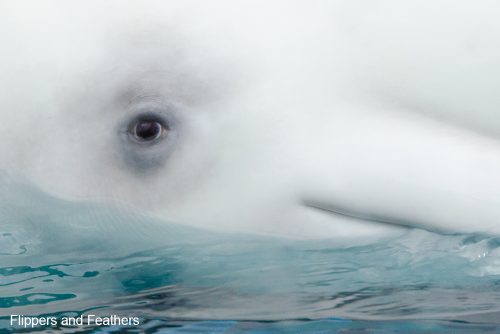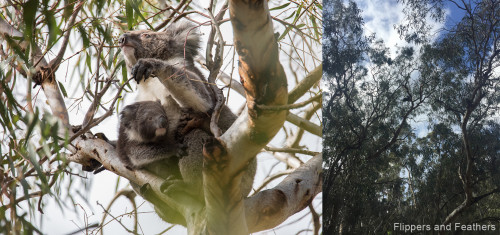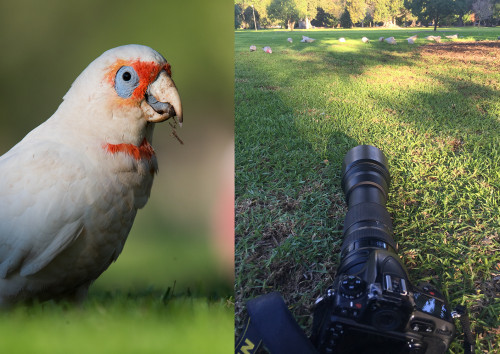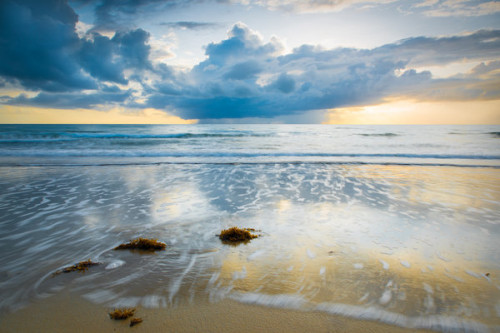Canadian Senator Marty Klyne has renewed calls to vote on Bill S-241, also known as the Jane Goodall Act. And for the sake of conservation, the Senate should vote “no,” and the zoos supporting the act need to reconsider their stance.
The act would ban elephant captivity in Canada, crack down on roadside zoos, and offer “protections” for a vast array of the beloved animals encountered in zoological facilities. It also addresses wildlife trafficking issues such as elephant ivory and rhino horn bans.
While it sounds like a noble bill, in practice it is a slippery slope to abolishing zoos entirely, and will harm conservation efforts beyond just the species the act claims to want to protect.
Animal rights activists have made no secret of wanting to abolish all zoos. They anthropomorphize and declare that all captive animals are “sad”, outright ignoring evidence suggesting otherwise. They are also incapable of separating decrepit roadside attractions or the barren cages of the past, from the modern-day accredited zoos that are hubs of education, research, and conservation, and constantly strive to update welfare standards that go far beyond the legal minimum.
And without zoos, many species would have been doomed to extinction.
The act’s press release states that designated “animal care organizations” who “meet the highest standards of care” would be permitted to continue their programs “for most species protected by the Act, subject to potential conditions.” In other words: more animals will likely be banned outright or a zoo deemed in need of being shut down based on the latest whims of animal rights activists.
Species included in the Jane Goodall Act—such as elephants—are highly endangered in the wild. Others are on that path. The act would deny zoos the opportunity to continue their vital breeding programs that contribute to many species’ ongoing survival. And when it comes to accredited facilities, even non-endangered species contribute to those efforts by being part of why people pay to visit.
Even basing which species are permitted in accredited facilities strictly on conservation value (which the act does NOT given the elephant ban) is subject to corruption. Back in 2014, Stephen Harper’s Conservative government downgraded protections for the humpback whale shortly before a pipeline was expected to be approved.
Or there is the example of the science-oriented Vancouver Aquarium and its fight to provide a home to rescued and rehabilitated cetaceans who could not be re-released. In 2017, the Park Board did a 180 from supporting them, to pandering to activists and revoking that support just in time for an election. Now, through a series of activist-backed legislation in the years that followed, there is no facility to permanently care for cetaceans in need in Canada, leading to an increased likelihood that injured wildlife will need to be killed on location.
ANY zoo that supports the Jane Goodall Act—and there are several—are not only hypocrites who are betraying their own industry, but naive if they genuinely think activists won’t shift the goalposts and come for them too.
The Toronto Zoo—vocal supporters of the Jane Goodall Act—needs to look at its own history and fight the bill. In 2011, against expert advice, they were forced to send their elephants to a so-called “sanctuary” instead of another accredited facility. Iringa died in the sanctuary’s hands from what many suspected was substandard care. That same sanctuary later refused help from zoos who offered to move their animals out of the path of wildfires that raged across the region.
Accredited zoos and aquariums are leaders in education and conservation. Through their accrediting bodies, they already provide the highest standards of care to their animals, and constantly re-evaluate and improve those standards. Their contributions to the survival of entire species cannot be underestimated. Instead of pandering to the whims of animal rights activists and implementing policies that seek to abolish zoos, these accredited facilities should instead be supported and encouraged to continue their valuable work.
